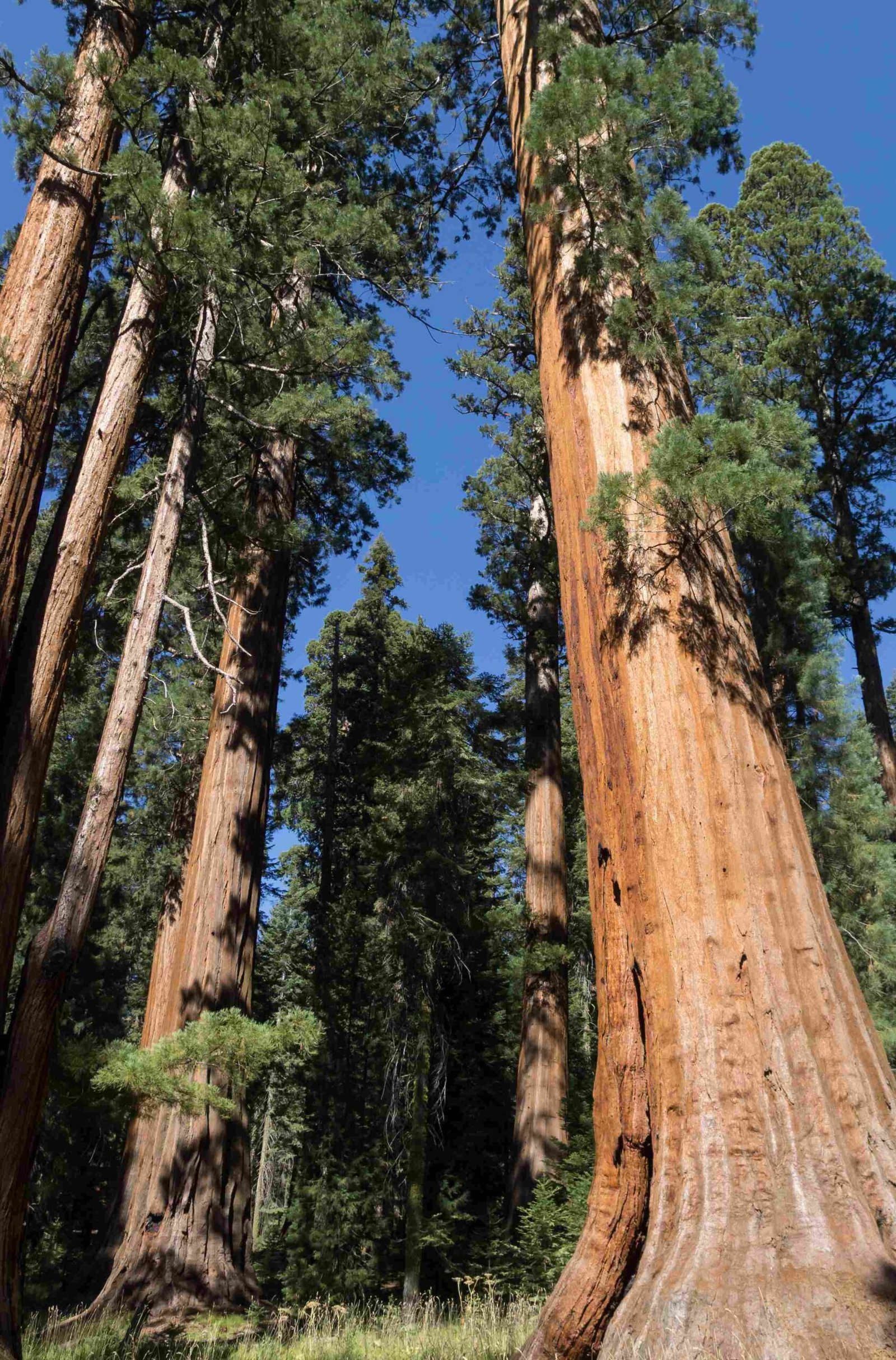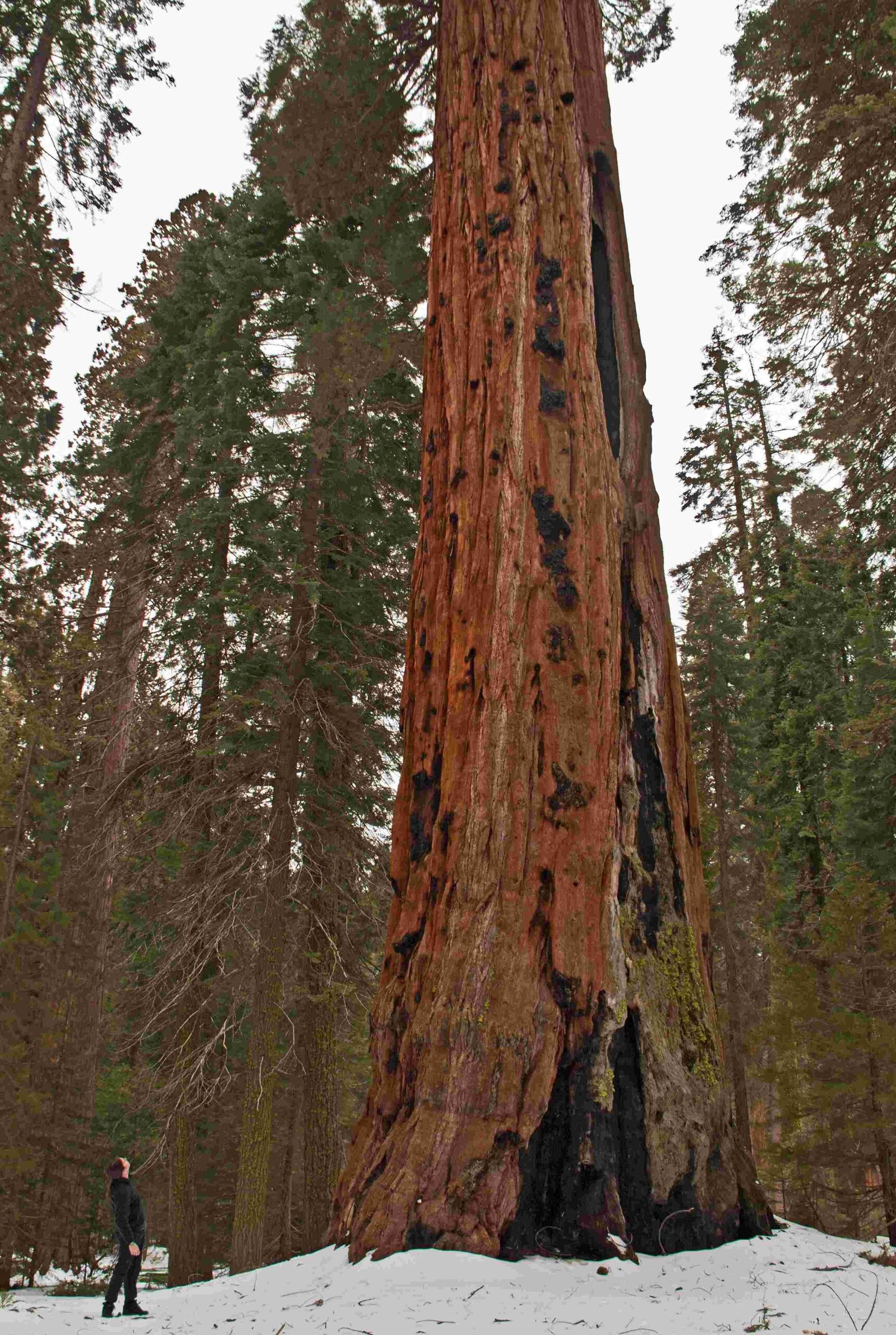Sequoia National Park, established in 1890, is a treasure trove of natural wonders and historical significance. Home to the world’s largest trees, diverse wildlife, and breathtaking landscapes, this park offers a unique blend of awe-inspiring sights and intriguing trivia. From the towering General Sherman tree to the park’s rich Native American history, Sequoia National Park is a destination that captivates visitors with its grandeur and surprises them with its lesser-known facts.
What Makes Giant Sequoia Trees So Remarkable?

Giant sequoia trees are the stars of Sequoia National Park, and for good reason. These colossal living monuments have fascinated scientists and visitors alike for centuries. Let’s delve into some astonishing facts about these natural wonders:
- Age and Height: Giant sequoias can live up to 3,000 years and typically grow to heights between 164 and 279 feet.
- Massive Volume: The General Sherman tree, the largest known living single-stem tree on Earth, boasts a staggering volume of 52,508 cubic feet.
- Resilience: These trees have thick, fire-resistant bark that can be up to 31 inches thick.
- Reproduction: A single giant sequoia can produce up to 400,000 seeds annually, yet only a tiny fraction will grow into mature trees.
Table: Giant Sequoia Tree Facts
| Characteristic | Measurement |
|---|---|
| Average Lifespan | Up to 3,000 years |
| Average Height | 164-279 feet |
| Bark Thickness | Up to 31 inches |
| Annual Seed Production | Up to 400,000 |
How Did Sequoia National Park Come to Be?

The establishment of Sequoia National Park is a tale of conservation triumph. Here are some key points in its history:
- Founding Date: Sequoia National Park was established on September 25, 1890, making it the second oldest national park in the United States after Yellowstone.
- Conservation Heroes: John Muir, the famous naturalist, played a crucial role in advocating for the protection of the giant sequoias.
- Presidential Action: President Benjamin Harrison signed the legislation that created the park, recognizing the importance of preserving these natural wonders.
- Early Threats: Logging operations initially threatened the park’s trees, but the discovery that giant sequoia wood was too brittle for construction helped save many of them.
What Unique Wildlife Can Be Found in the Park?
Sequoia National Park is not just about trees; it’s a thriving ecosystem teeming with diverse wildlife. Here are some interesting facts about the park’s fauna:
- Black Bears: The park is home to American black bears, known for their intelligence and occasional mischief in campgrounds.
- Mule Deer: These graceful creatures are a common sight throughout the park.
- Endangered Species: The park provides habitat for several endangered species, including the Sierra Nevada bighorn sheep.
- Bird Diversity: Over 200 bird species have been recorded in the park, making it a paradise for birdwatchers.
What Are Some Lesser-Known Historical Facts About the Park?
While the giant sequoias often steal the spotlight, Sequoia National Park has a rich human history that’s equally fascinating:
- Native American Heritage: The Western Mono tribe, with an estimated population of 2,000, lived in the area before the park’s establishment.
- Kaweah Colony: This utopian society attempted to log the area in the late 19th century but ultimately failed.
- Military Connection: The Buffalo Soldiers, African American cavalry units, served as some of the first park rangers in Sequoia National Park.
- CCC Contribution: The Civilian Conservation Corps played a significant role in developing the park’s infrastructure during the Great Depression.
What Unique Challenges Do Visitors Face in Sequoia National Park?
Visiting Sequoia National Park can be an adventure in itself. Here are some challenges that visitors might encounter:
- Elevation Changes: The park spans nearly 13,000 feet of vertical relief, which can cause altitude sickness for some visitors.
- Seasonal Conditions: From snow in winter to intense heat in summer, weather can greatly impact park experiences.
- Remote Areas: Some of the park’s most beautiful spots require arduous hikes to access.
- Wildlife Encounters: Visitors must be prepared for potential encounters with wildlife, especially bears, and follow proper food storage guidelines.
What Are Some Must-See Attractions in Sequoia National Park?
For those planning a visit, here are some attractions that shouldn’t be missed:
- General Sherman Tree: The world’s largest tree by volume is a must-see for any visitor.
- Giant Forest: Home to five of the ten largest trees in the world.
- Moro Rock: A granite dome offering panoramic views of the Great Western Divide.
- Crystal Cave: A marble karst cave with stunning formations (only accessible through guided tours).
- Hospital Rock: Features Native American pictographs and bedrock mortars.
How Has Climate Change Affected Sequoia National Park?
Climate change has had significant impacts on Sequoia National Park:
- Increased Fire Risk: Warmer, drier conditions have led to more frequent and intense wildfires.
- Drought Stress: Extended periods of drought have put stress on the park’s ecosystems, including the giant sequoias.
- Shifting Habitats: Some plant and animal species are moving to higher elevations as temperatures warm.
- Glacier Retreat: The park’s few remaining glaciers are shrinking at an accelerated rate.
In conclusion, Sequoia National Park is a treasure trove of natural wonders and historical significance. From its towering giant sequoias to its diverse wildlife and rich cultural heritage, the park offers endless opportunities for discovery and awe. Whether you’re a nature enthusiast, history buff, or simply seeking adventure, Sequoia National Park’s trivia and hidden gems are sure to captivate and inspire.
References:
1. Giant sequoia | Description, Size, Endangered, & Facts | Britannica
2. Sequoiadendron giganteum – Wikipedia
3. Exploring Giant Sequoia Groves – National Park Service

